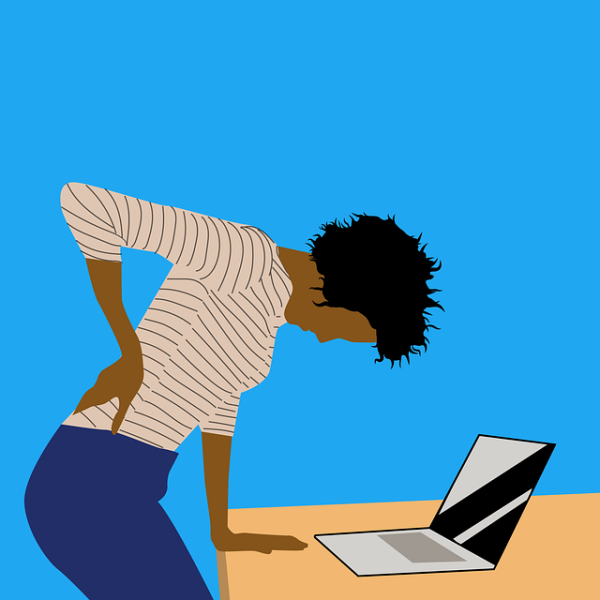
One of the most common medical complaints, back pain is an issue that many of us have struggled with at one time or another. From minor nagging discomforts to serious conditions that limit our mobility – it’s a problem that affects millions of individuals around the world.
While not all pain can be prevented, there are certain things that you can avoid. You just need to understand why they occur in the first place.
In this article, we are going to discuss five common causes of both lower and upper back pain.
Trauma and Muscular Strain
Muscular strains can occur during any activity that uses muscles improperly or excessively. Repetitive movements, heavy lifting, and continuous pressure on the back are all things that can lead to injury and back pain.
While most of these issues will go away with rest, you may need to seek further assistance from the right professionals. For instance, the team at Broadmead Physiotherapy is experienced in areas including spinal manipulation and sports injuries.

Herniated Discs
A herniated disc occurs when the soft, gel-like center of an intervertebral disc is forced through the weakened part of the outer layer. This aggravates nearby nerves, leading to pain, numbness, and weakness in the arms and legs.
In most cases, it happens due to human age, but trauma can also be a factor. Most will heal on their own, but other interventions like surgery may be required in severe cases.
Poor Posture
Nowadays many of us live a rather sedentary lifestyle. Improper posture, such as slouching at your desk or hanging over your phone can strain the muscles and create several painful conditions.
Over time, these bad habits can cause changes in the spinal structure which leads to chronic pain. It’s important to be mindful of how you are sitting and invest in the correct office setup.
You can read more about ergonomics here.
Degenerative and Underlying Health Conditions
Sometimes back pain is a symptom of another underlying health condition. If it’s persistent and not a result of poor posture, things such as arthritis, scoliosis, or spinal stenosis could be the cause.
It’s crucial that you consult a physician for an accurate diagnosis. Addressing these underlying issues can significantly enhance your quality of life.
Stress and Tension
Lastly, while it may seem rather strange, stress and tension can have a large impact on our back muscles. Our mental health and physical health and intricately connected.
If you’re stressed or anxious, it can lead to the tightening of muscle groups. Yoga, meditation, and other breathing exercises should be incorporated into your daily routine if you find that you’re struggling to relax and unwind.
Final Words
Understanding the common causes of back pain is critical to effective management and prevention. By learning more about them, you can adopt healthier habits and improve your overall physical well-being.
Of course, it’s still important to reach out for medical advice if you are having trouble. They can point you toward the right path for a quick and speedy recovery.

